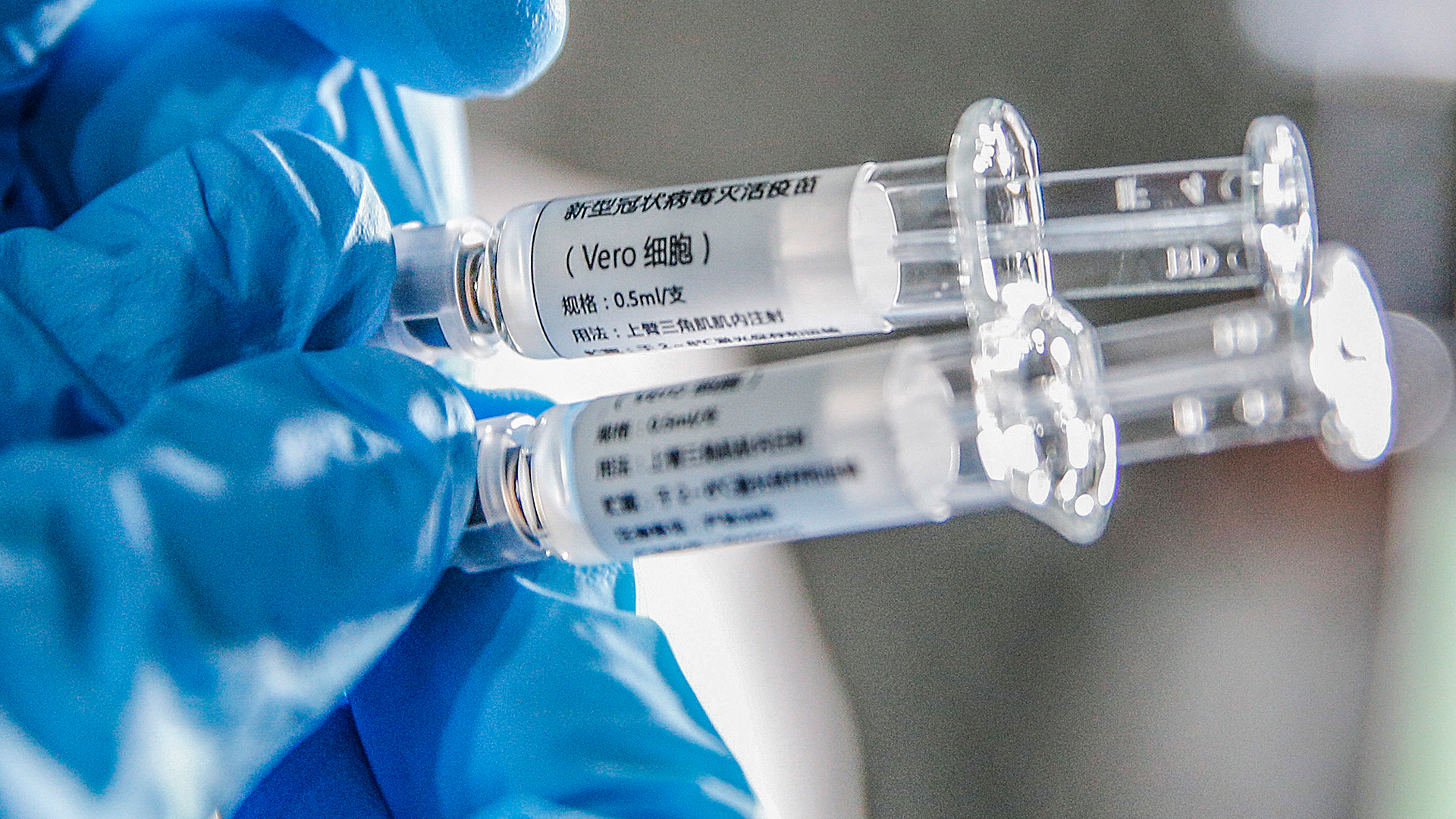
To contain the coronavirus, many countries have tried to tackle the scientific and technological bottleneck of vaccines through unprecedented mobilization. At the end of 2020, 48 vaccine candidates had entered the clinical testing stage worldwide, with another 164 in the pre-clinical stage, according to the WHO. The effectiveness of some of these vaccines has brought hope for controlling, and eventually ending, the pandemic.
As the first countries to start vaccine research and development, China, Russia and the United States have basically completed all clinical tests and begun large-scale inoculations. Each adopted different technical paths. The U.S. has mainly focused on the new-generation mRNA technology and non-replicating viral vectors. Russia took the non-replicating viral vector route. And China tested three vaccine routes: inactivated, non-replicating adenoviral vector and mRNA. Judging from R&D and vaccination progress, the three countries are fairly well-matched. Of all the vaccines developed, the mRNA vaccine developed by the U.S., China and Germany has been the most widely applied, starting in the U.S., Europe and the Middle East.
Different vaccine development routes have different limits and levels of effectiveness. Judging from the clinical results to date, mRNA vaccines are generally more efficient in providing protection. They can be produced quickly, but they are difficult to store and may show strong situational adverse reactions in some groups of people. The China-developed inactivated vaccines are more suitable for local production, easier to store and use a technical route that is mature. But its efficacy in coping with viral mutations requires further observation.
The different technical routes have triggered discussions about vaccine competition. Some conservative voices support “vaccine nationalism” — that is, a refusal to accept vaccines developed by other countries and adherence to localized vaccine R&D and production. Others believe it is more advisable to indiscriminately accept any vaccines that have proved effective, safe and controllable under current circumstances, since the pandemic has yet to be brought under effective control. Still others hold that, given the competition in the technical routes of various vaccines, only one winner may emerge in the end.
To guarantee that their country’s own vaccines stand out, some governments have mobilized domestic and international resources to promote their own versions and suppress those from other countries.
Generally speaking, even for countries that have taken divergent routes in vaccine R&D, the competition itself represents a significant achievement in humanity’s forward march in science and technology. Previously, no effective solution had been found for SARS, Ebola, MERS, Zika or HPAI. COVID-19 is every bit as complex and thorny as those epidemics, yet scientists made breakthroughs in vaccine development within a year, demonstrating an unprecedented capacity to mobilize a cope with a sudden crisis.
Moreover, though it’s possible just one vaccine may ultimately be confirmed as the most effective, the competition in vaccine R&D provides humanity with more options, remarkably improving the overall success rate.
Vaccine R&D is a typical high-risk project. Successful vaccine candidates must be at once effective and safe, as well as verifiable in mass inoculations. R&D workers have no way to foresee the effects of vaccine candidates before their final outcomes are known. The different routes countries have adopted in vaccine R&D to a great extent have reduced the risk of overall failure.
Vaccine competition has been thought-provoking and inspirational in the international community. In our time of deepening globalization, nobody can precisely predict when or in what manner the next crisis will appear. The best preparation is increasing humanity’s overall resilience, while continually inspiring innovation. Some consideration:
First, vaccine competition’s positive effects on pandemic containment shows that global science and technology innovation is served by diversity. Diversity may prompt international competition, but in can also provide — to the greatest extent possible — a high success rate in problem-solving. The global innovation regime should not take on a unipolar pattern, nor should the direction and rules for international science and technology progress be determined by a single country. On the contrary, the international community should actively promote the global proliferation of sci-tech innovation, helping more developing countries embark on a road to autonomy and upgrading humanity’s overall innovative capabilities.
Second, resolving thorny crises requires the scientists of all countries to work together to take advantage of open technology platforms. In addition to COVID-19, the international community still faces plenty of global threats, including climate change, acute contagious diseases, microplastics pollution and space trash.
Technology innovation is the fundamental way out. If cutting-edge technologies are locked in safes, humanity may miss its best opportunity for resolving problems. The international community should reach a consensus and prevent the erection of political obstacles to technological exchanges that are conducive to human well-being and social security.
Third, once multiple vaccines achieve satisfactory results, the international community should avoid vaccine nationalism and malicious competition. Simultaneous inoculations using multiple vaccines can effectively accelerate the process of immunity and contain the pandemic’s spread in a shorter time. National autonomy in vaccine choice should be respected, and recipients should be properly informed about a vaccine’s effects and limitations on the basis of facts and figures. Only in this way can conspiracy theories and disinformation about vaccines be prevented.
